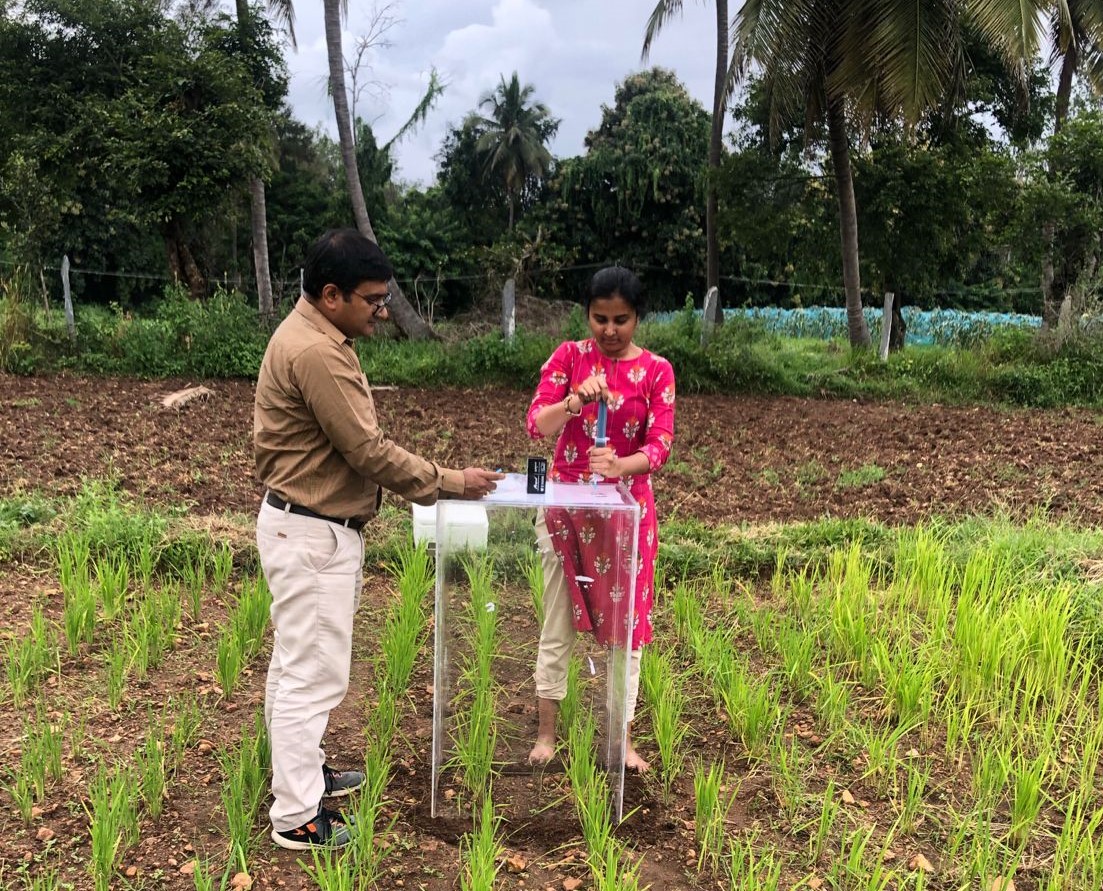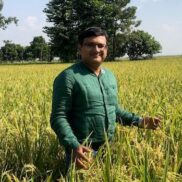An additional Profit with Carbon Farming – Carbon Offsets Protocol and Certification Agencies
Conservation agriculture (CA) is a farming system that prevents land from erosion and degradation by regenerative agricultural practices. The practices include permanent soil cover, minimum soil disturbance, and diversification of plant species (FAO, 2016).
Conservation agriculture includes the following practices:
- Zero/Reduced Tillage
- Keeping a significant amount of crop residue in the field
- Inclusion of cover crops in the cropping cycle
All these practices have a significant impact on improving soil health by increasing soil organic carbon content. The improvement in the soil’s organic carbon can be documented and submitted to certification agencies to issue carbon credits.
It is important to note that the carbon sequestration potential of conservation agriculture practices depends on the specific practices used and the local agro-ecological conditions. Therefore, the same practice may result in different carbon credit potentials across different geographies. It is also important to note that carbon sequestration alone does not qualify for carbon credit. It should be measured and verified under a carbon offsets protocol, such as the Verified Carbon Standard (VCS) or the Gold Standard. VERRA and Gold Standard are among the most significant certification agencies that issue credit for conservation agriculture practices. Other agencies include but are not limited to Plan Vivo, Social Carbon, etc. Each agency has its own methodologies to estimate carbon credits. For example, VERRA follows VM0017 and VM0042 methodologies. Both these methodologies have guidelines on capturing sequestration and/or avoidance of carbon dioxide due to following CA practices during farming. The VM0017 methodology is called “Adoption of Sustainable Land Management,” while VM0042 is called “Methodology for Improved Agricultural Land Management”. Under the gold standard certification system, the methodology is called “The Gold Standard Methodology on Increasing Soil Carbon Through Improved Tillage Practices”. All these methodologies suggest a carbon credit potential ranging from 0.5 to 12 depending upon the intensity of the usage of the approved practices followed. Plan Vivo methodologies have a particular focus on community involvement.
The soil organic carbon is measured by Walkley and Black (1934) method, while the total organic carbon is measured using the dry combustion method (Nelson & Sommers, 1982). The change in SOC or TOC levels in the soils before and after CA practices are linked with carbon credits.
It is important to note that practices that help reduce the emission of Nitrous Oxide (N2O) with overuse of nitrogenous fertilizer may not necessarily be part of Conservation agriculture practices. However, this is also considered in the calculation under the abovementioned methodologies. Due to the multifold potency of N2O as a GHG gas, a slight change in the number may also lead to high carbon credit.
Additionally, farmers need to keep records and document their practices and carbon sequestration to generate carbon credits. Therefore, farmers may need to work with extension agents and other experts to design and implement conservation agriculture systems that suit their specific needs and goals. It is noteworthy to mention that the promotion of CA and other climate-smart agricultural practices have been promoted by different international research and extension organizations for decades with an appeal that those practices can create long-term benefits for the farmers and their future generations; however, their outreach is limited considering the scale of smallholder farming systems. The carbon credit is actually providing farmers some financial benefits in comparatively shorter time windows (within a few years) and therefore has the potential to get the desired traction toward climate-smart agriculture.
Reference:
FAO, 2016. Conservation Agriculture: Overview. https://www.fao.org/conservation-agriculture/overview/en/.
Nelson OW & Sommers LE (1982) Total carbon, organic carbon, and organic matter. In: Page AL, Miller RH & Keeney DR (Eds.) Methods of soil analysis. Part 2. 2nd ed. Madison, ASA/SSSA. p.539-577.
Walkley, A. and Black, I.A. (1934) An Examination of the Degtjareff Method for Determining Soil Organic Matter and a Proposed Modification of the Chromic Acid Titration Method. Soil Science, 37, 29-38.
An additional Profit with Carbon Farming – Carbon Offsets Protocol and Certification Agencies
Carbon Credits and Sustainable Agricultural Practices – An Overview









































































